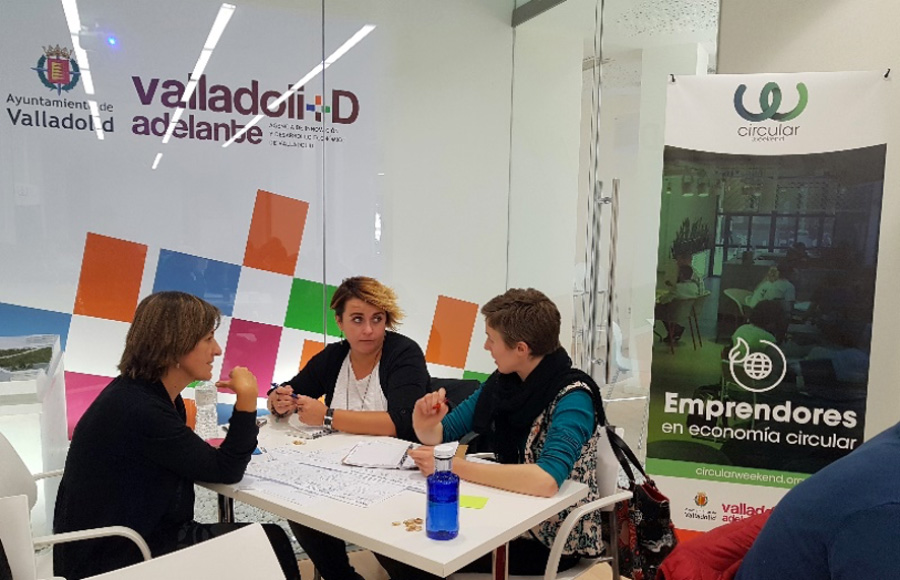The act of providing financial resources, usually in the form of money, or other values such as effort or time, to finance a programme or project. While ‘funding’ usually refers to grant and subsidy types of financial support, in this guide, it also covers different types and sources of financing, such as debt, equity, and guarantees.
17/01/2020






